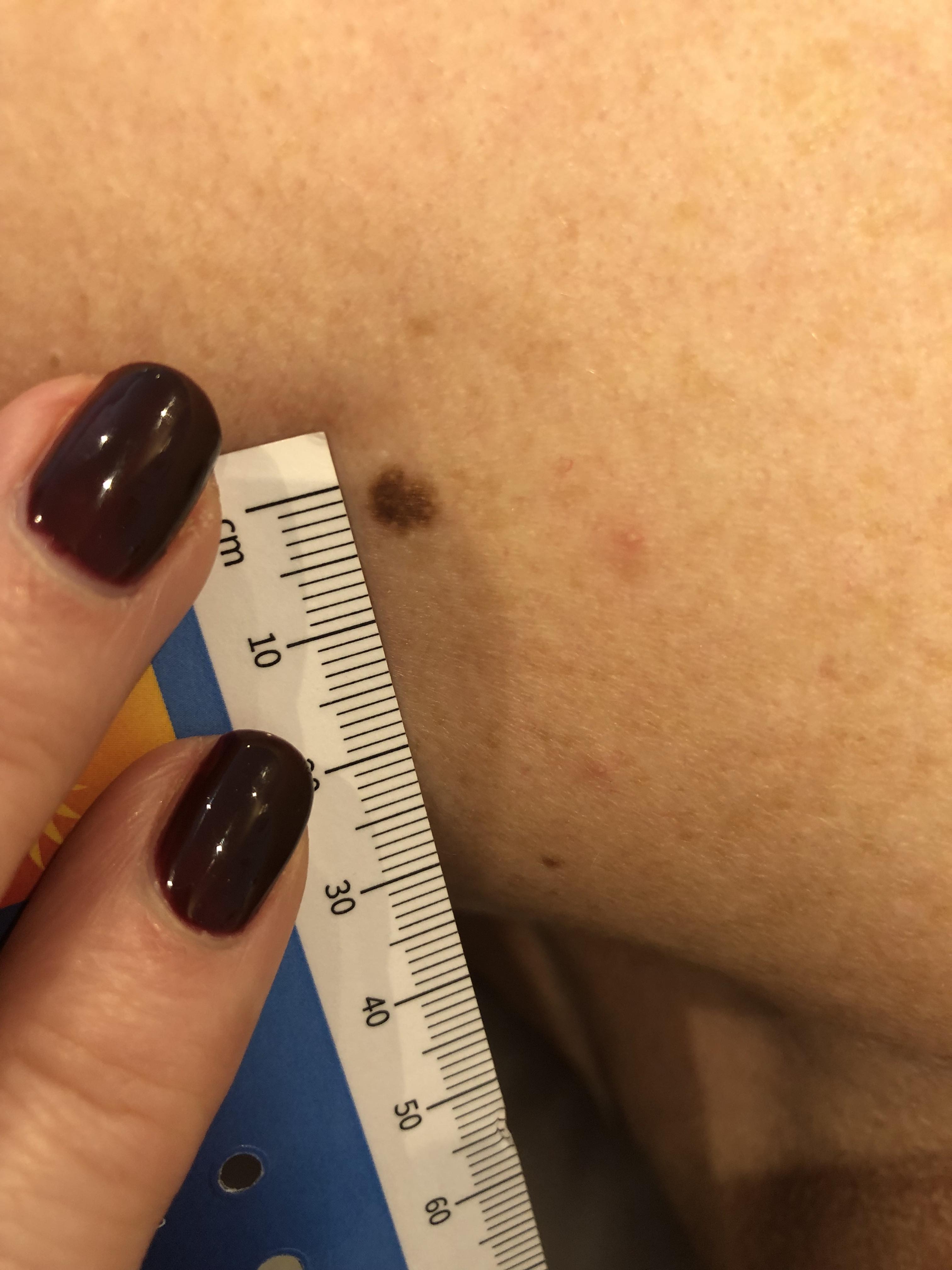Meet the beauty therapist who saved her clients from cancer

Melanoma is the fifth most common cancer in the UK, accounting for 4% of all new cases, according to statistics from Cancer Research UK, which is why early detection is key for increasing survival rates.
In a bold move, more beauty professionals are now upskilling to become powerful advocates against skin cancer, learning how to spot dangerous moles on clients. One therapist in particular is leading the way.
Erika Hodgkiss, owner of Erika’s Skin Clinic in Crockenhill, Kent, has been creating waves after spotting cancerous moles on four of her clients during treatment. In all cases, it was a melanoma which had to be surgically removed, and the news that the beauty therapist had made such a significant difference in these women’s lives travelled fast, with Hodgkiss appearing on BBC News and in The Daily Mail.
The clinic owner credits her brave actions to her training with Skcin – a skin cancer charity that’s developed an online programme, Masced (melanoma and skin cancer early detection), where beauty therapists can learn skin surveillance techniques so they know when to advise clients to seek medical attention.
The 90-minute course covers the different types of skin cancer and how to recognise signs on the skin. “I’m so grateful to have done the training because if I hadn’t mentioned something to those clients then the melanoma would have got worse,” says Hodgkiss.
“If I can save four lives in four months, just imagine how many more lives could be saved if all beauty therapists were trained up, which is why this education needs to be part of the curriculum. As a therapist, you develop such a special level of trust with your clients that when you recommend that they see their GP they’re more likely to do it.”

Spoting the cancerous moles
Hodgkiss proudly tells me about her four melanoma spots. Two clients had suspicious-looking moles on their backs and both women hadn’t even noticed they were there, while another had “a very black” mole on her leg. “The client kept telling me there was nothing wrong with it,” says Hodgkiss, “but I explained that I had done this course and the way it looked was a real cause for concern. Obviously you don’t want to scare the client but you do want to encourage them to take action and see their GP.”
Her most recent spot was on client Jayne Hobbs – named because this was the story that broke in the mainstream news. “Jayne’s melanoma was on her chest. She admitted she had noticed the mole looked different but hadn’t considered seeking medical attention, which is why more needs to be done to help clients understand the importance of regular checks. The awareness level isn’t where it should be, and because of the nature of what we do, we can sometimes spot something unusual before the client does,” explains Hodgkiss.
The common signs that a mole may need medical attention include “if the outside edge is blurred in any way, if it’s no longer symmetric, if it has dramatically changed size or if the colour is very dark,” explains Hodgkiss. “If the mole has got lots of different colours in it, such as light brown, medium brown, dark brown or black, then this is another indication that it needs to be checked.”
For some therapists, the idea of taking responsibility for something so serious and outside of their usual remit can be quite scary, but Hodgkiss explains that it’s about playing a small but vital role. “Beauty therapists can’t diagnose but we can use our in-depth knowledge of skin to make clients aware of any changes and encourage them to see their GP. If you spot something unusual and you’re not sure what it is, that’s OK, because your first port of call is to refer the client to someone who can diagnose – that’s always the goal,” she says.
In the past few months, Hodgkiss has also seen a lot of women with seborrheic keratosis, one of the most common types of noncancerous (benign) skin growths, which can be removed with a cryotherapy pen – a service Hodgkiss offers in clinic. However, the biggest request she’s had from clients, and in a huge abundance, is the option for regular mole checks in clinic.

Plans for the future
“My clients know about the skin cancer training I’ve done and have asked if I’ll perform a mole check on them every three months for peace of mind. I do the check at the end of their treatment and take photos on the client’s smartphone, with a tape measure next to the mole, so they have a visual record. Then, in three months’ time, I’ll remeasure it,” explains Hodgkiss.
The therapist is also open to the idea of undertaking other training that goes beyond just performing treatments, such as courses to help beauty pros spot the signs of domestic abuse. “I think it’s a good idea because if there’s anything we can do as an industry to help then we should. Some of my clients I’ve been treating for 25 years. Thankfully, I’ve never had any suspicions that any of them have been suffering with abuse, but you never know,” says Hodgkiss.
“As beauty therapists, we need to recognise our importance. We gain clients’ trust so much that we end up helping them in more ways than one. For example, I don’t do counselling, but I do help people talk through their problems and issues if they want to when they come into my clinic. As an industry, we help so much in that respect. The truth is, you don’t quite realise the impact you can have on someone’s life.”

